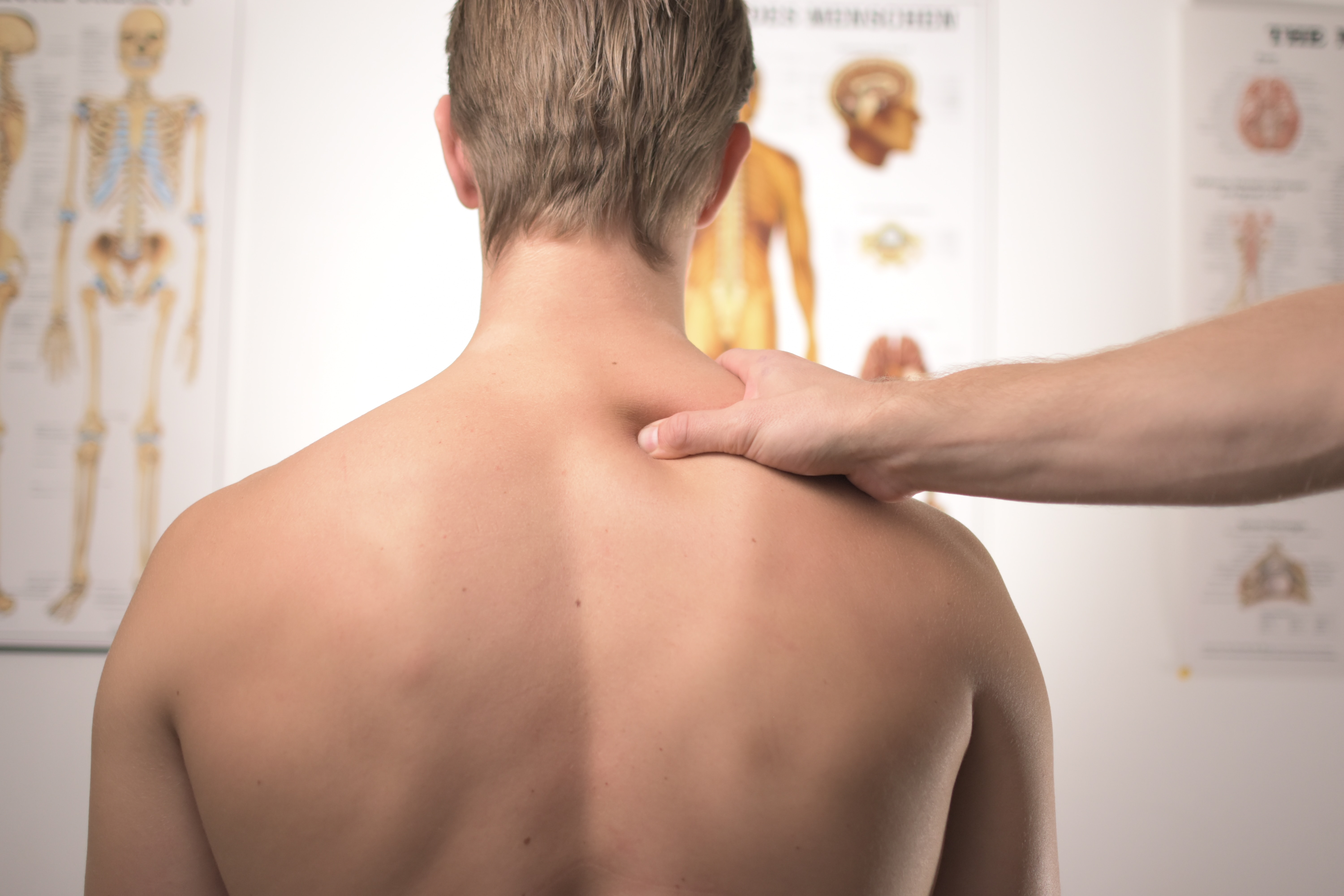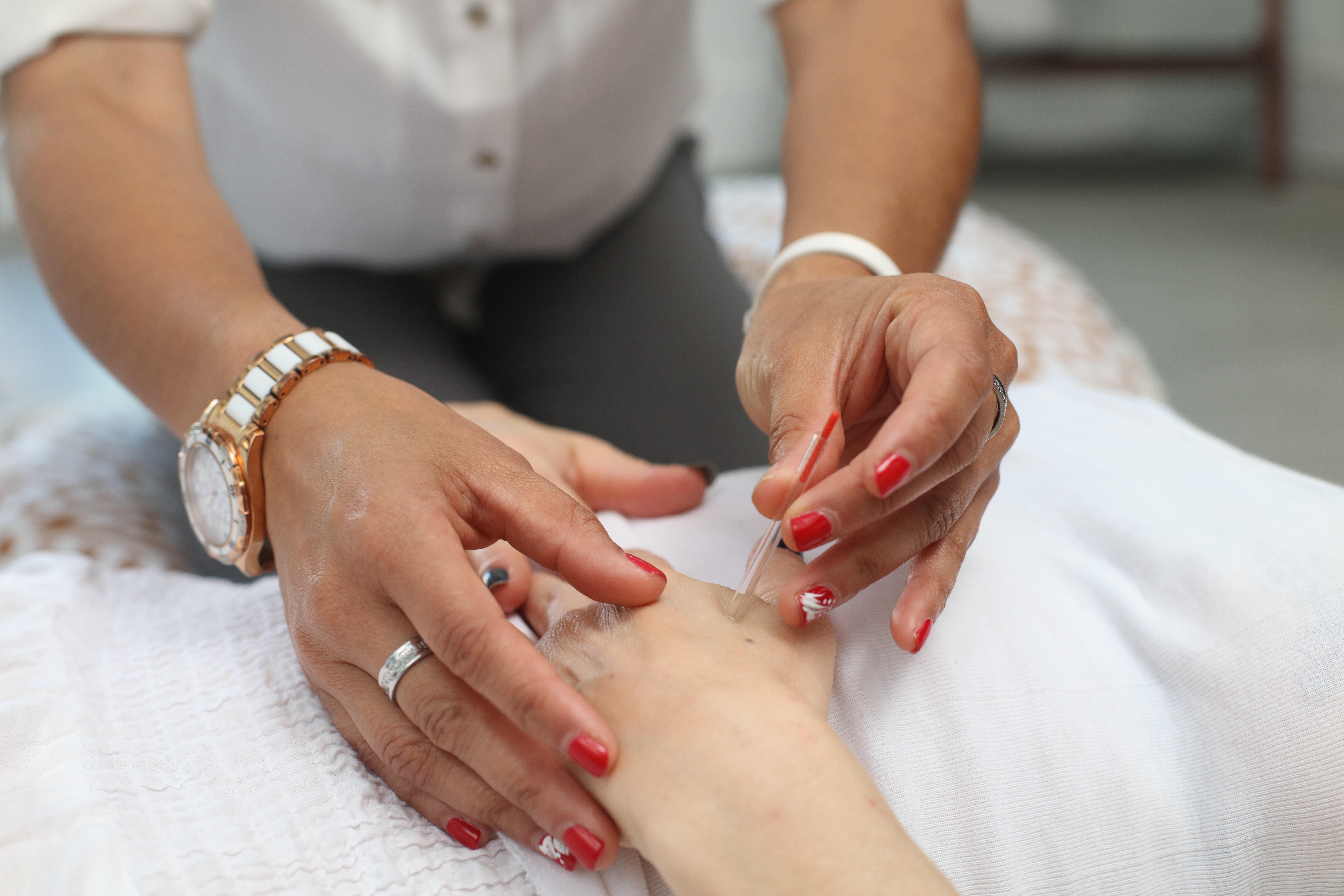Acute Otitis Media
Ear Infections and Paediatric Chiropractic Care: Chiropractors like myself who have a special interest in Paediatric cases commonly see patients daily who present with a variety of non-specific symptoms such as irritability, poor sleep, and poor feeding. A detailed history and close physical examination of these cases can help to evaluate whether these symptoms are indeed due to Acute Otitis Media (AOM), or if they are being caused by another condition/issue. If you would like to skip the more complex Science parts of this article below, at the end you will find a list of frequently asked questions that I receive from patients regarding Acute Otitis Media. This article aims to raise awareness of AOM and highlights the relevant anatomy, epidemiology and causes. We discuss the prevention, diagnosis and management of AOM in primary care, the recognition of complications and when to refer to secondary care. AOM is one of the most common childhood diseases, and is a main cause of medical consultations and antimicrobial prescriptions in developed countries (Venekamp et al. 2014). Even though it is a concern in first world countries like Australia, there is an even greater burden in developing countries due to complications that have a much more significant impact on health. It is estimated by the World Health Organisation (WHO) that approximately 51,000 deaths occur annually in children younger than five years, attributable to complications of AOM (Safadi & Jarovsky 2017). Even though Otitis Media (OM) is a global problem, the specific number of cases per year is difficult to determine due to the lack of reporting and different incidence across many geographical regions. What we do know is that the peak incidence of OM occurs between the ages of six and twelve months of life and declines after age five. Approximately 80% of all children will experience a case of OM during their lifetime, and between 80% and 90% of all children will have OM with an effusion before school age (Curran et al. 2018; Usonis et al. 2016). OM initially starts as an inflammatory process following a viral upper respiratory tract infection involving the mucosa of the nose, nasopharynx, and Eustachian Tube. Due to the narrowness of the middle ear, the swelling caused by the inflammatory process obstructs the narrowest part of the Eustachian Tube leading to a decrease in ventilation. This leads to a cascade of events like an increase in negative [...]








